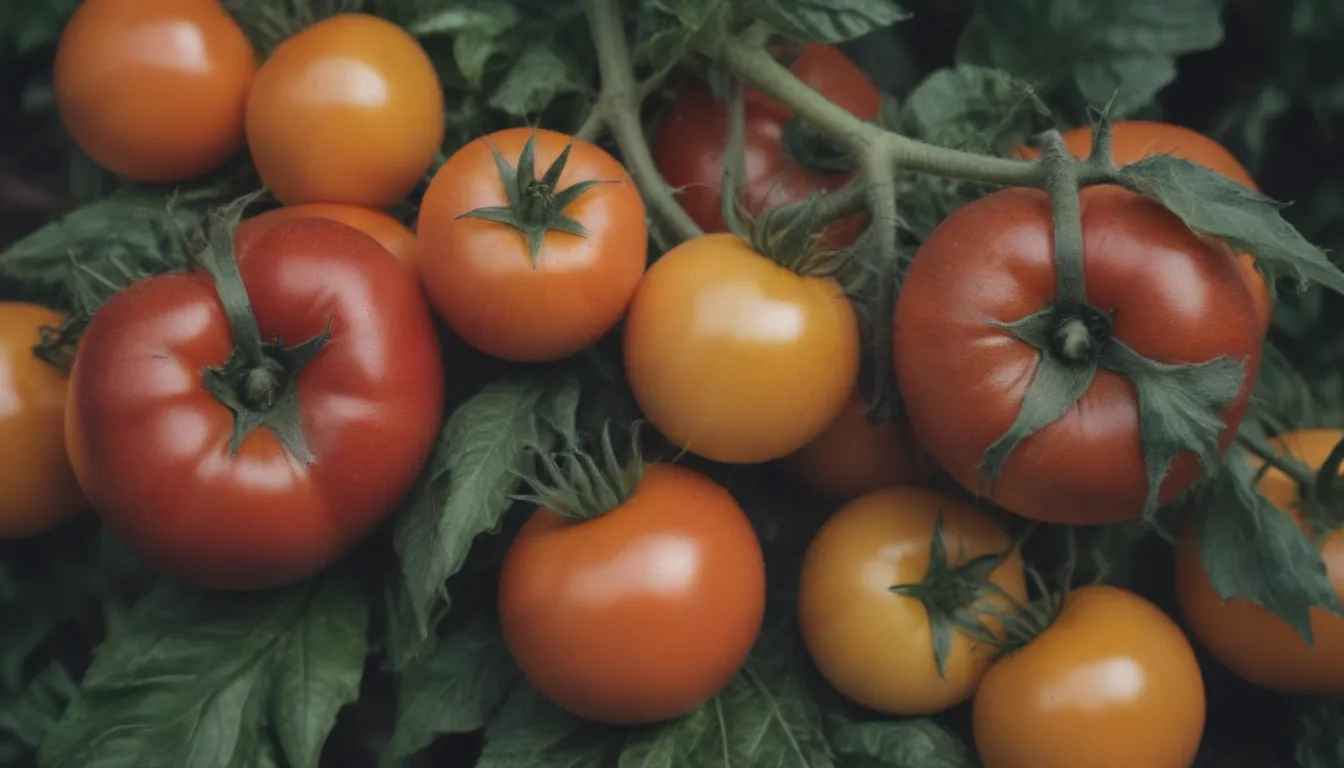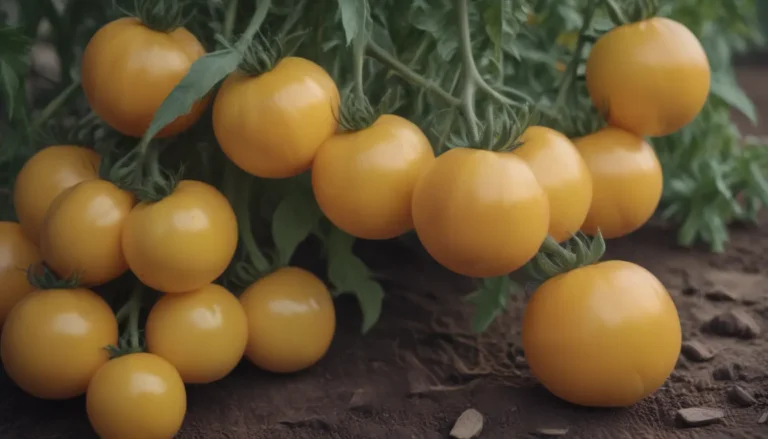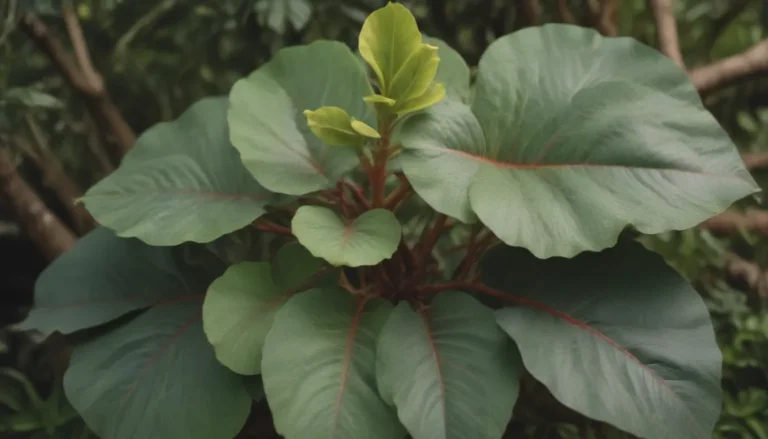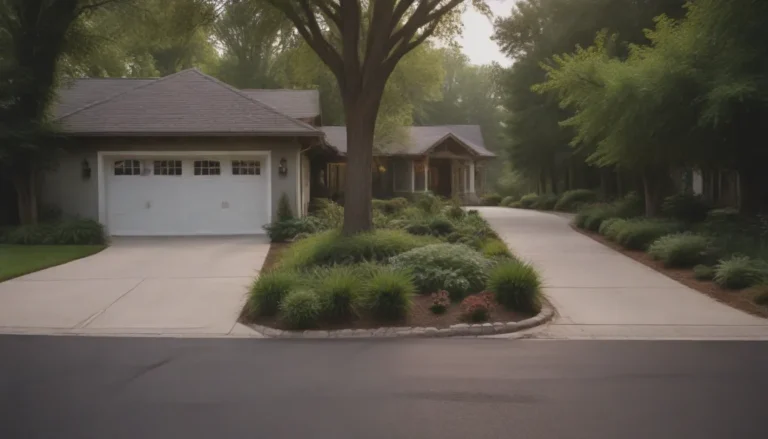Understanding Blossom End Rot on Tomatoes: Causes, Prevention, and Solutions

There’s nothing quite like the satisfaction of growing your own vegetables and enjoying the taste of freshly picked tomatoes from your garden. However, growing tomatoes can come with its challenges, including blights, infections, and pest issues. One common problem you may encounter is blossom end rot. This article will delve into the causes of this issue, how to prevent it, and helpful solutions to keep your tomato plants healthy and thriving.
What Is Blossom End Rot?
Blossom end rot is a condition that affects tomatoes (and other nightshade family members like peppers and eggplants) during the fruit development stage. Despite its name, blossom end rot is not a rot or disease caused by bacteria. Instead, it is a result of calcium deficiency in the plant at a critical growth phase. Calcium is essential for forming the skin of the fruit, and when the plant struggles to deliver enough calcium, deformities like brown spots and dark sunken areas appear on the tomato. While it may look like the tomatoes are rotting on the vine, blossom end rot is a physiological issue rather than a microbial one.
Causes of Blossom End Rot in Tomatoes
Calcium deficiency is at the core of blossom end rot, but it’s rarely due to a lack of calcium in the soil. Instead, environmental factors can hinder the plant’s ability to absorb and transport calcium effectively. The two main reasons for blossom end rot are:
- Inconsistent watering practices
- Rapid plant growth leading to calcium uptake challenges
3 Ways to Fix and Prevent Blossom End Rot
If you notice blossom end rot on your tomato plants, don’t panic. There are several strategies you can employ to address and prevent this issue:
Remove Affected Tomatoes
- Promptly remove any tomatoes showing signs of blossom end rot to redirect the plant’s energy toward producing healthy fruit.
Improve Your Watering Routine
- Maintain a consistent watering schedule to ensure that tomatoes receive adequate moisture without being over or underwatered.
Add Mulch
- Use organic mulches like straw, grass clippings, or wood chips to help retain soil moisture and prevent fluctuations that can impact calcium absorption in plants.
Tip: Certain tomato varieties, such as Roma types, are more prone to blossom end rot due to their vigorous growth and high fruit yield.
How to Help Prevent Blossom End Rot
While it’s challenging to completely eliminate the risk of blossom end rot due to varying garden conditions, there are proactive steps you can take to minimize its occurrence:
- Plant tomatoes in well-draining soil rich in nutrients.
- Test soil pH to ensure it’s within the optimal range for calcium uptake.
- Plant tomatoes at the right time to allow for proper growth and development.
- Fertilize plants appropriately to support healthy fruit formation.
- Use mulch around plants to regulate soil moisture levels.
- Consider applying a calcium spray solution or adding Epsom salts at planting time to bolster calcium availability.
Additional Tips for Healthy Tomato Growth
In addition to addressing blossom end rot, it’s crucial to maintain overall plant health to support robust tomato growth and fruit production. Here are some general tips to keep in mind:
- Avoid over-fertilizing tomatoes during early fruiting stages, as this can lead to rapid growth that hampers calcium absorption.
- Practice good watering habits by keeping the soil consistently moist but not waterlogged.
- Water plants at ground level to prevent soil-borne diseases and promote optimal absorption of nutrients.
By implementing these strategies and staying attentive to your tomato plants’ needs, you can foster a thriving garden with bountiful, healthy tomatoes free from blossom end rot.
Remember, gardening is a journey that involves learning and adapting to the needs of your plants. By staying informed and proactive, you can overcome challenges like blossom end rot and enjoy a successful harvest season.
References:
– Michigan State University Extension Blossom-end rot tip sheet
– University of Georgia Tattnall County Extension Prevent Blossom End Rot in Tomatoes





